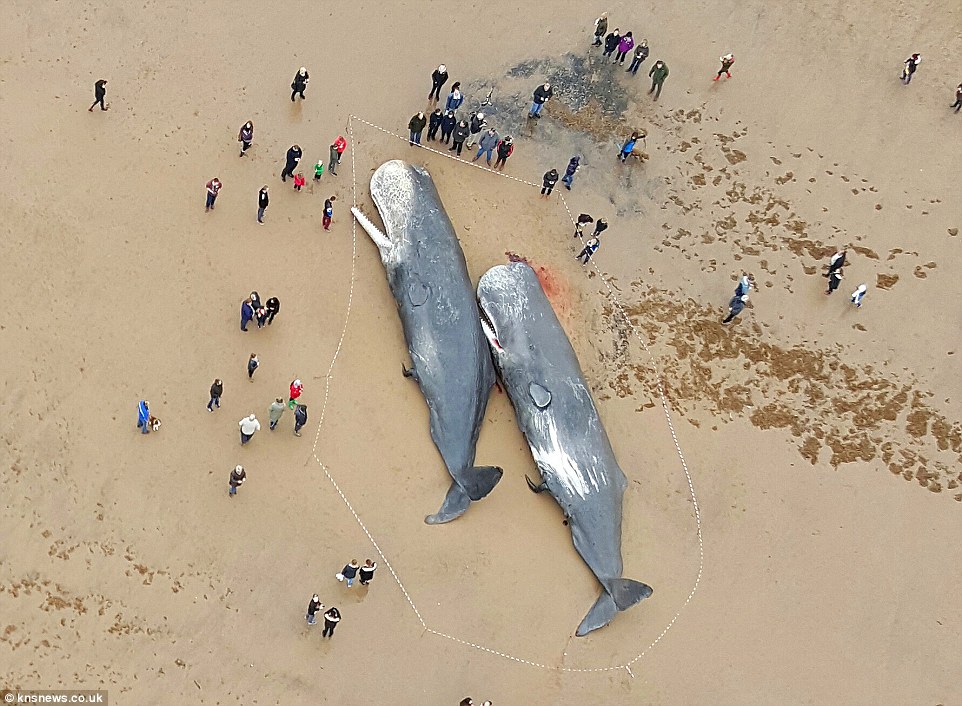Press coverage of the tragic whale deaths is a supreme study in confusion, especially the foolish attempts to somehow exonerate offshore wind development. Here are some prominent examples.
The evergreen New York Times wins the race for worst coverage by claiming to explain the numerous recent whale deaths as due to online shopping. I am not making this up.
Their headline promises an explanation: “Why 23 Dead Whales Have Washed Up on the East Coast Since December”. The primary reason claimed is that East Coast shipping has increased due to people buying lots of stuff post Covid, especially online, and ship strikes account for a lot of the deaths.
Here is how NYT puts it: “Online pandemic buying habits are also fueling a record-setting surge in cargo shipments that last year made ports in New York and New Jersey the nation’s busiest. Much of the merchandise is now toted on far bigger ships — some of which have altered their routes to help alleviate the supply-chain chaos that last year left some store shelves bare. As a result, more whales appear to have found themselves in the direct path of more ships. “When the whales are in these channels,” said Paul Sieswerda, executive director of Gotham Whale, a New York City-based whale research group, “you have to cross your fingers and hope there are no collisions.”“
This ignores the role offshore wind plays in putting the whales into those busy ship channels.
The problem with this excuse is that ship strikes are a likely cause of death due to offshore wind development. NOAA predicts that many hundreds of whales will have been harassed by offshore wind sonar surveys, which likely causes a lot to flee into the nearby heavy traffic lanes. Some may even be deafened at the time.
So increasing ship traffic actually makes offshore wind more deadly. The widespread idea that ship strikes are an alternative to wind deaths is a complete fallacy.
The NYT also says that the coastal humpback whale population has increased and most of the deaths are humpbacks. But such an increase subjects even more whales to sonar harassment, again making it deadlier. Plus this ignores the fact that the humpback death rate suddenly tripled in 2016, as did the right whale die off, when large scale sonar harassment began.
More typical is the headline from the also-green Virginia Mercury: “Wind and whales: ‘No evidence’ links projects to deaths”. No “link” is the prevailing mantra.
In reality the link is staring us in the face. It is the dozen active, large scale sonar harassment projects presently lining the coast from Virginia to Massachusetts. A whale’s reaction to sonar harassment can easily become deadly. In fact the NOAA harassment potential is calculated based on how many whales are forecast to be exposed to unsafe sonar noise levels.
It is suspiciously odd that no article I have seen even mentions these widespread, ongoing sonar harassment numbers. Is this appalling ignorance or a cover up?
I do know of one case where the failure to mention the scourge of sonar harassment is deliberate. This is in several recent articles on whale deaths in USA Today.
Before these articles were written I had a lengthy correspondence on the death threat of sonar harassment with one of the authors. The author even said they had looked at the long list of NOAA numerical harassment authorizations. Yet not one word was said about this quantitative threat in a subsequent article.
Of course the folks at NOAA and BOEM know all about the authorized ongoing harassment of hundreds of whales. They tend to say there is no “direct link” by which they mean the sonar is not killing the whales directly, which is true. The whales are not being killed by the sound blasts.
But the sonar blasting is very likely killing a lot of whales indirectly by inducing things like deafness and deadly behavior. Thus the Feds are lying by technical omission. News articles then compound this deception by using the term “link” more generally.
In truth the link between sonar harassment and whale deaths is obvious. It is this link that needs to be investigated.
